Key Takeaways
- Carpet beetles originate outdoors, feeding mainly on pollen and nectar from flowers.
- They commonly enter homes through small openings around windows, doors, vents, or damaged screens.
- Carpet beetles also hitch rides indoors on cut flowers, outdoor clothing, secondhand furniture, and vintage items.
- Bird or rodent nests in hidden areas like attics or chimneys can harbor carpet beetle larvae, providing another entry route.
- Homes with abundant fabric items, cluttered spaces, or improperly stored pantry goods are highly attractive to carpet beetles.
- Regular cleaning, vigilant inspection of secondhand items, sealing entry points, and using natural repellents like cedar or lavender can effectively prevent infestations.
- Carpet beetles should not be confused with dust mites; beetles cause visible damage, while dust mites primarily cause allergic reactions.
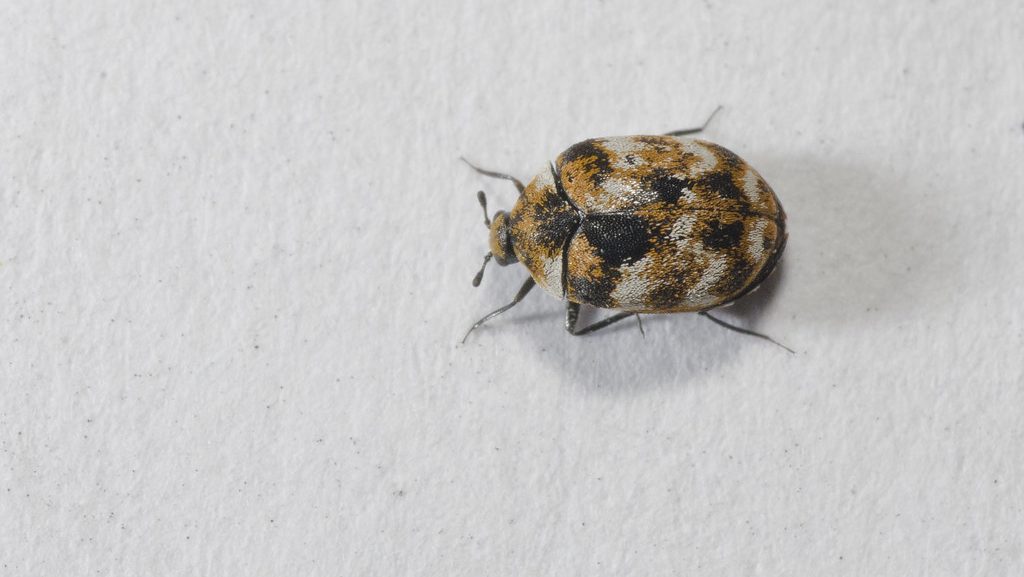 Finding tiny, crawling insects or mysterious damage in your favorite wool sweater or cherished rug can be distressing. You’re likely dealing with carpet beetles—a common household pest across the United States. But how did these unwanted guests get inside your home, and why are they causing trouble?
Let’s explore where carpet beetles come from, what attracts them indoors, and some straightforward ways to protect your home.
Finding tiny, crawling insects or mysterious damage in your favorite wool sweater or cherished rug can be distressing. You’re likely dealing with carpet beetles—a common household pest across the United States. But how did these unwanted guests get inside your home, and why are they causing trouble?
Let’s explore where carpet beetles come from, what attracts them indoors, and some straightforward ways to protect your home.
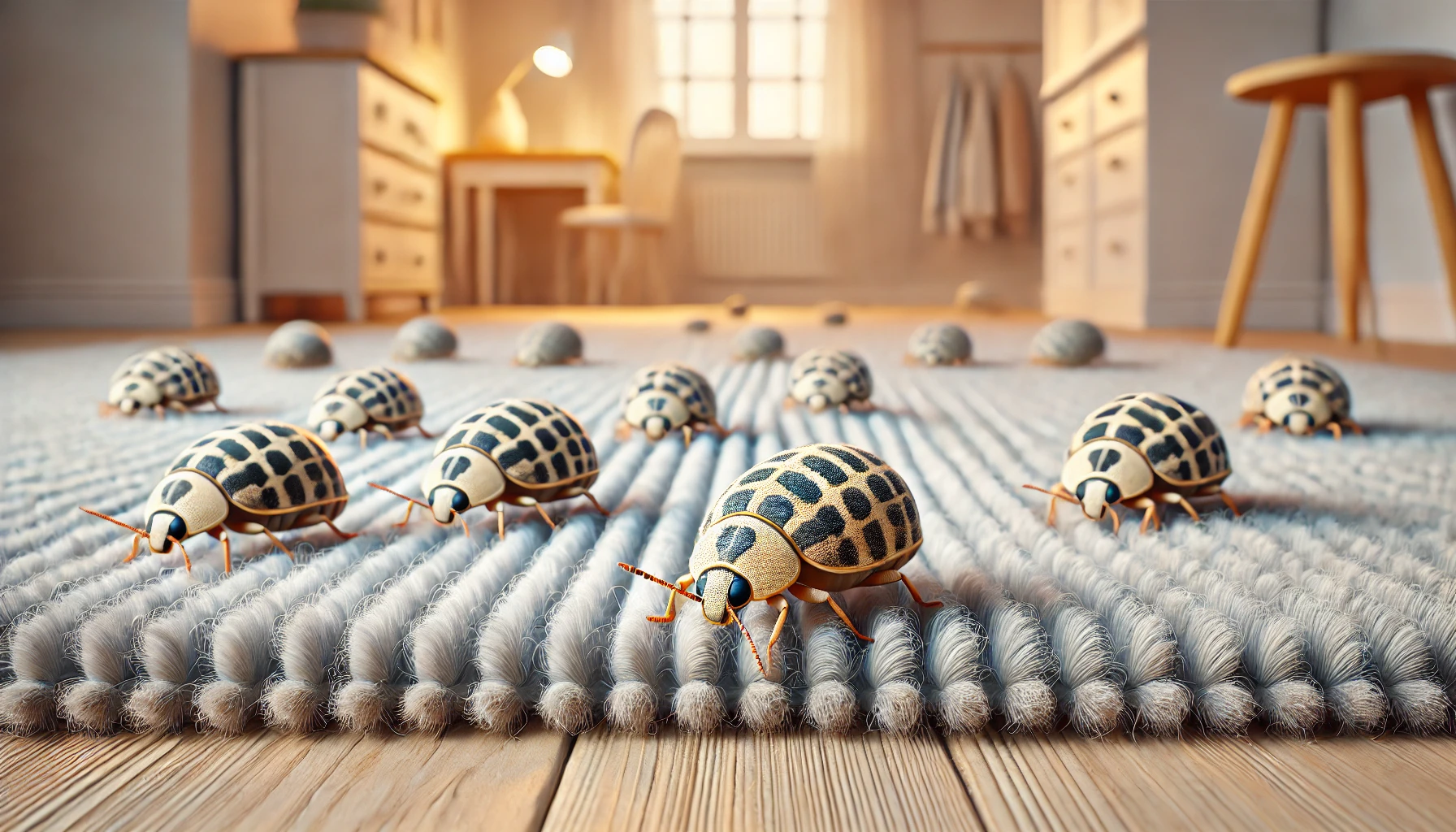

Not getting a solution?
Get your free pest control estimate today!Understanding Carpet Beetles
Before tackling their origins, it helps to know your enemy. Carpet beetles are small, oval-shaped insects, usually black, brown, or patterned with white, yellow, and orange markings. Adult beetles rarely cause damage, but their larvae—tiny, hairy creatures often called “woolly bears”—are notorious for feeding on household items like carpets, clothing, and upholstery. Honestly, if you spot one of these fuzzy little larvae, you might already have a more significant issue on your hands.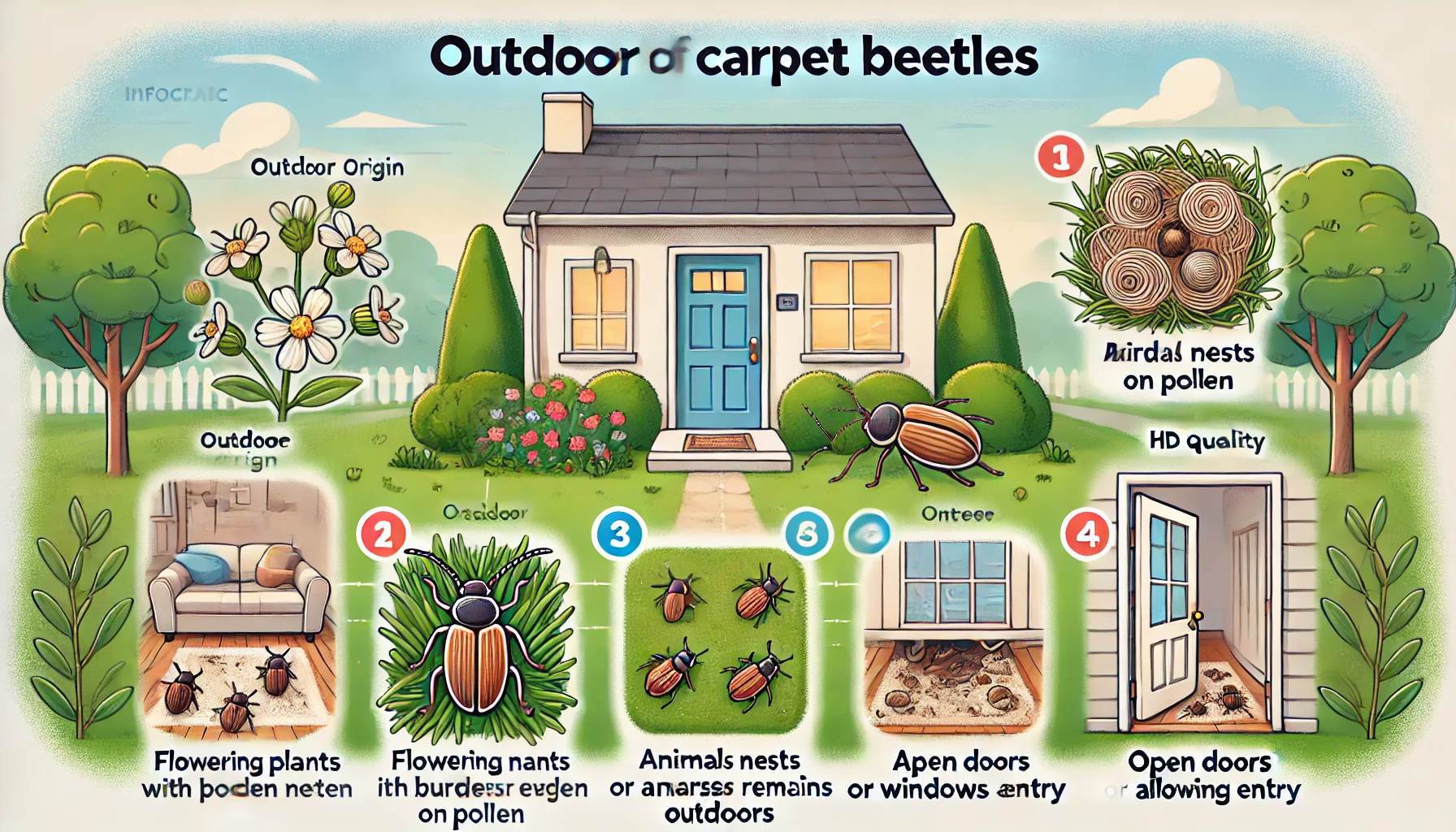
Outdoor Origins of Carpet Beetles
Despite their name, carpet beetles mostly come from outside. Carpet beetle adults love being outdoors, where they get to feed on flower nectar and pollen. Gardens, parks, and even your home flower beds are ideal homes for them. You see, they’re so abundant outside that nearly any home, clean or dirty, might get overrun. Historically, carpet beetles are thought to have originated in arid regions of the Middle East, but today, they’re practically everywhere—including right here in the United States. These adaptable insects have successfully migrated to urban and suburban areas, making it even more important to stay vigilant.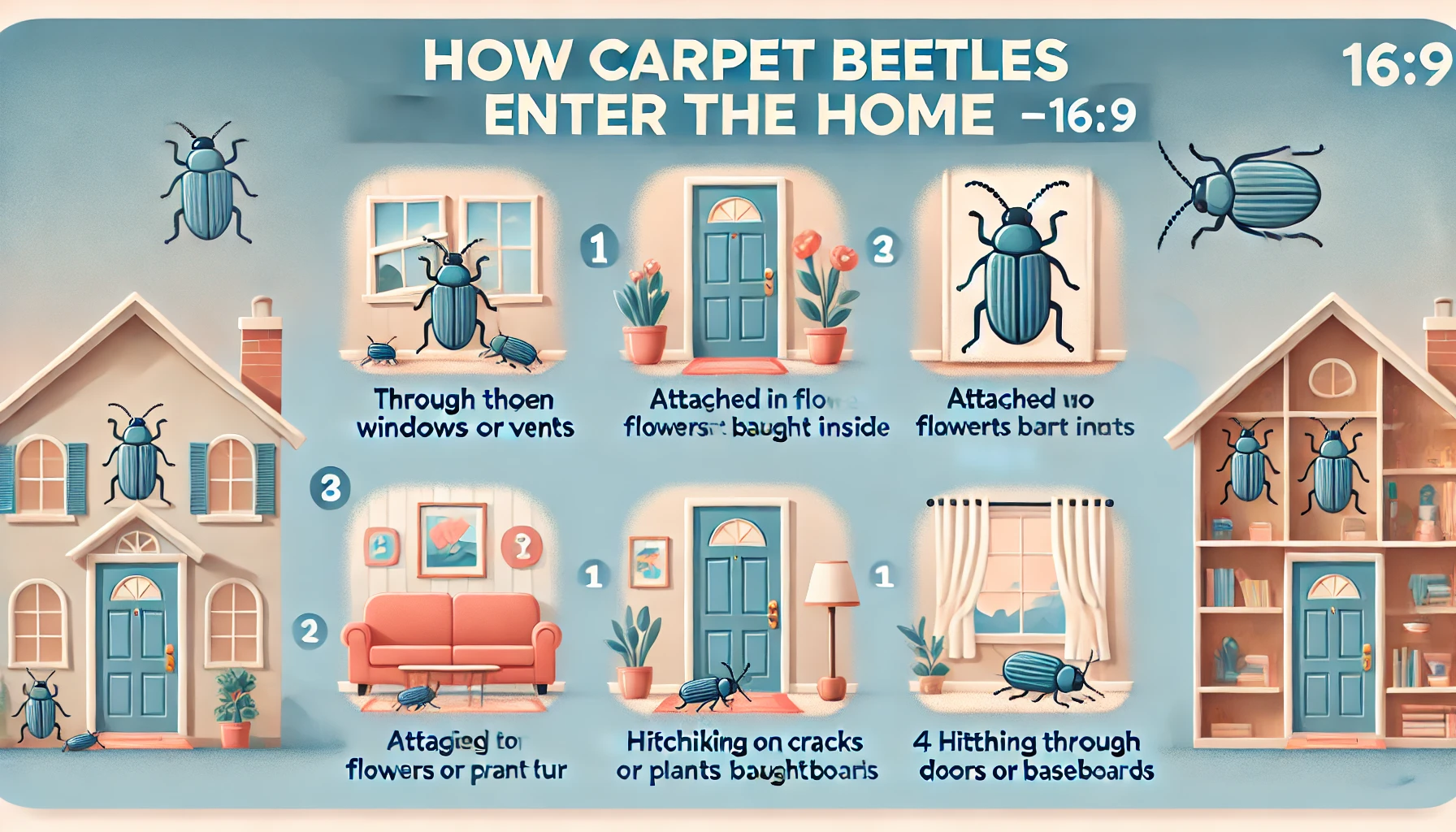
How Carpet Beetles Enter Your Home
Now that we know carpet beetles start outdoors, let’s get into how they sneak indoors. First off, adult carpet beetles can fly. Yep, they’re tiny flyers attracted to bright lights. Small openings around windows, doors, vents, or screens provide perfect entry points. It’s a bit unsettling, isn’t it? Then there’s the sneaky hitchhiking factor. Bringing in cut flowers or plants from your garden or even clothes after being outdoors can unintentionally introduce beetles or their eggs indoors. Ever thought your freshly picked bouquet could harbor tiny pests? Sadly, it happens more often than you think. Another entry point is an old bird or rodent nests hidden in your attic, chimney, or walls. These spaces often host carpet beetle eggs and larvae, ready to migrate into your cozy living areas. It’s a creepy thought, but awareness is half the battle. And let’s not forget secondhand items. Thrifted rugs, vintage furniture, or clothing stored improperly can sometimes introduce carpet beetles right under your nose. You might want to give that cool antique sofa a second glance.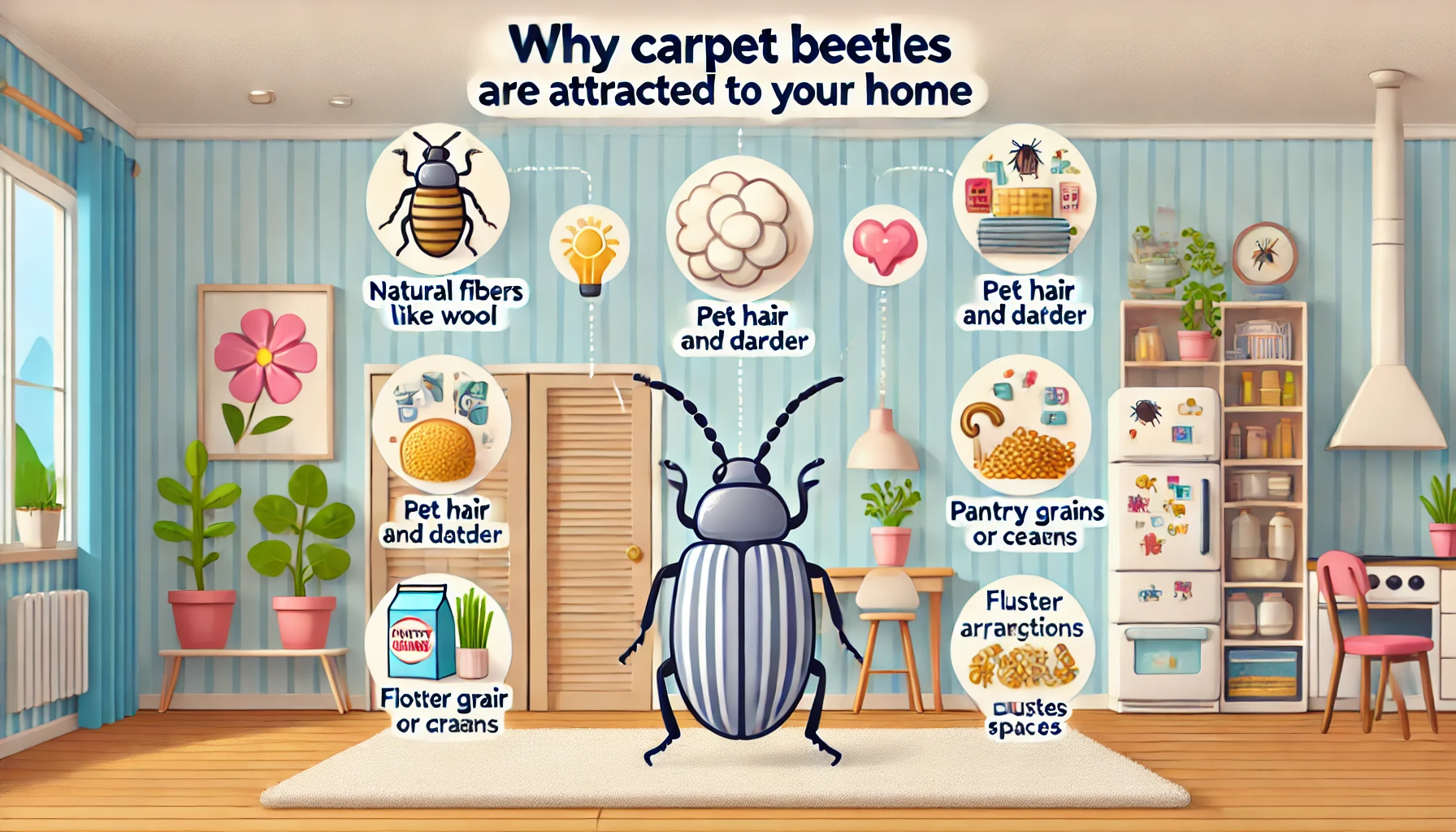
Why Are Carpet Beetles Attracted to Your Home?
You might be wondering why your home has become their favorite hangout. Let’s clear that up: Homes with abundant fabric or animal-based materials like wool, silk, leather, fur, feathers, and even pet hair or dust create the perfect dining spot for carpet beetle larvae. Think about those forgotten sweaters in your closet or the dusty corners under furniture—perfect beetle territory. Moreover, cluttered spaces, basements, attics, or closets packed with unused belongings become ideal breeding grounds for these pests. Even your pantry might lure these pests if grains or pet foods aren’t stored in tightly sealed containers. Who knew a forgotten box of cereal could become a beetle buffet?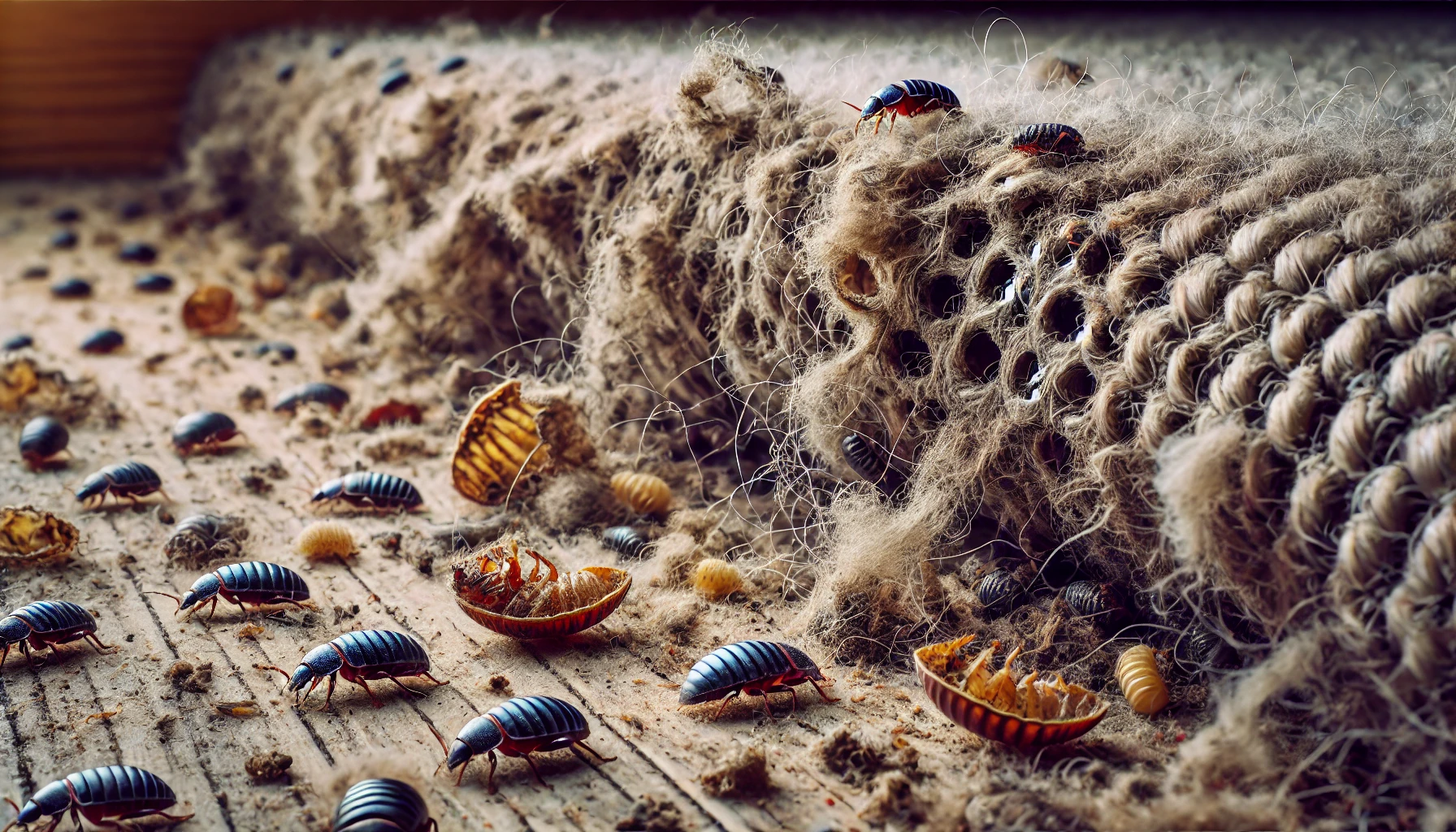
Spotting a Carpet Beetle Infestation
How can you tell if carpet beetles are sharing your space? Look for these telltale signs:- Tiny, irregular holes in fabrics, upholstery, or rugs.
- Shed skins of larvae (translucent and flaky).
- Adult beetles lounging near windowsills or lights.
- Specks resembling pepper—these are beetle droppings known as frass
Dealing With Carpet Beetles Effectively
- Discovering carpet beetles is unsettling, but thankfully, you can reclaim your home:
-
Identify and Remove: Inspect common hiding places like carpets, closets, and upholstered furniture. Discard infested items or clean them thoroughly.
-
Clean Thoroughly: Vacuum all affected areas frequently—especially baseboards and furniture seams—and dispose of vacuum contents outdoors immediately.
-
Use Insecticides: Apply insecticides specifically labeled for carpet beetles. Follow safety instructions, or call a pest professional for stubborn infestations.
-
Inspect Hidden Areas: Focus on less visible spaces like air vents, closets, and cluttered storage zones—carpet beetles thrive in undisturbed areas.

Preventing Future Infestations
Here are practical, simple steps you can take to keep carpet beetles out:- Repair screens, install door sweeps, and seal gaps around windows and doors.
- Store clothing and fabrics in airtight containers or bags.
- Maintain a regular cleaning routine, especially in neglected areas.
- Scrutinize flowers and plants before bringing them inside.
- Check secondhand furniture or clothing thoroughly before integrating them into your home.
- Regularly clear out cluttered areas like closets, attics, and basements.
- Keep pantry goods sealed in airtight containers.
- Consider using natural repellents like cedar or lavender sachets in closets and storage areas.
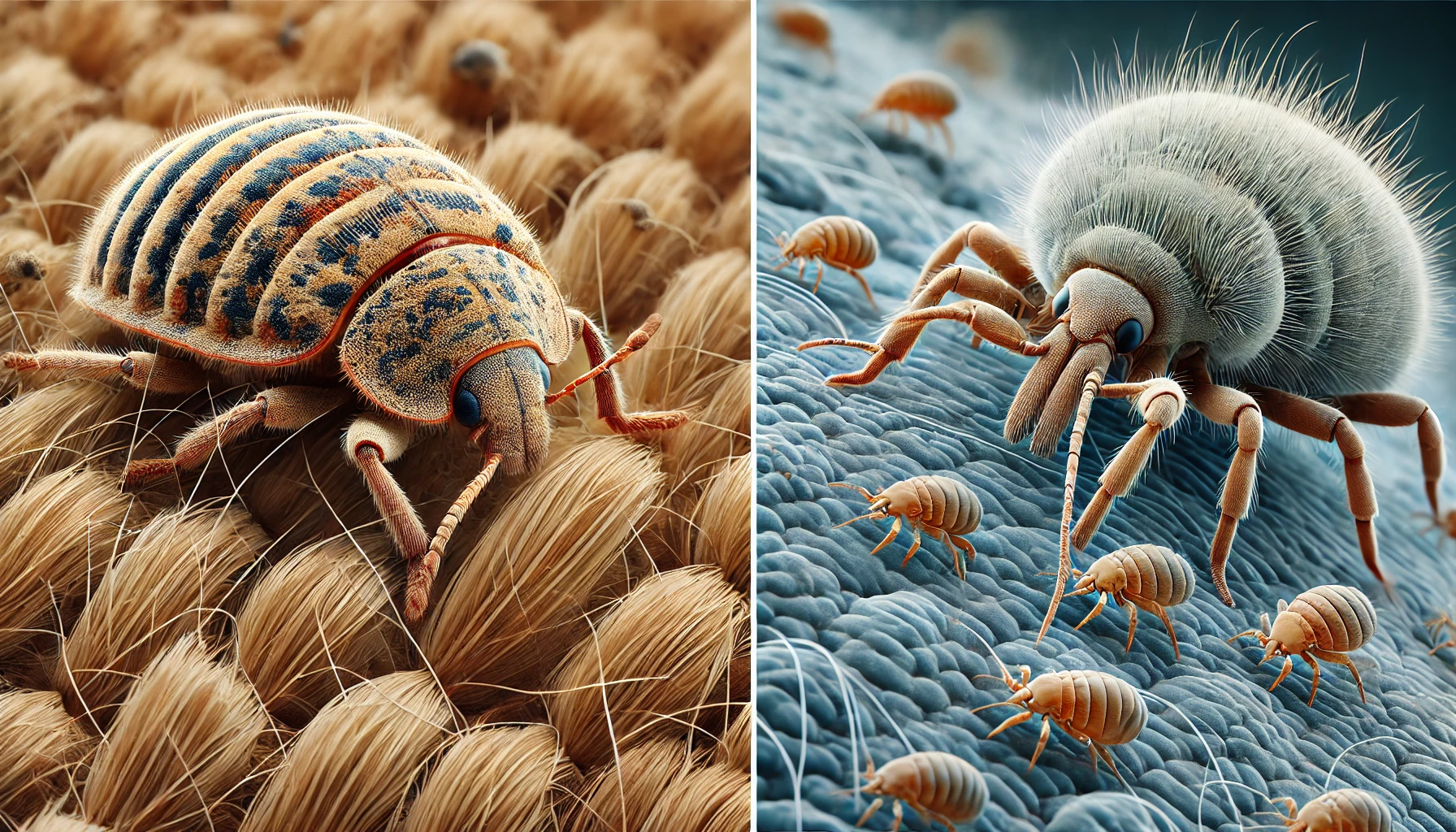
Carpet Beetles vs. Dust Mites: Clearing Up Confusion
Sometimes, folks confuse carpet beetles with dust mites. Dust mites are tiny, microscopic pests causing allergies, not visible damage. Carpet beetles, however, visibly damage fabrics and furnishings and don’t bite people. If you’re noticing bites or skin irritations, the culprit might be fleas or bed bugs, not carpet beetles. With a clear understanding of where carpet beetles come from and why they’re attracted to your home, you’re better equipped to tackle these unwelcome intruders. Remember, your home should be a comfortable sanctuary—not a beetle paradise. If you feel things have gone out of control, it is advised to contact pest control professionals. Our team can provide a customized approach to protect your home effectively.Visit our Species, Control, and DIY Guide sections for additional resources on beetles and ways to tackle a beetles infestation.





